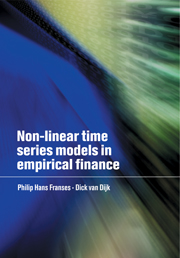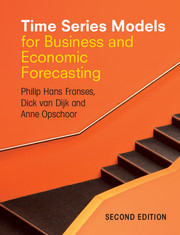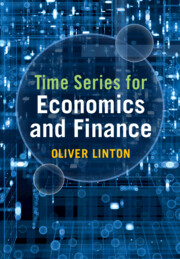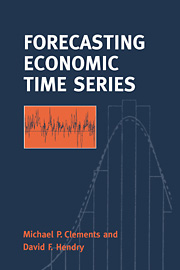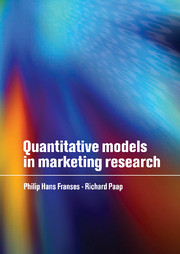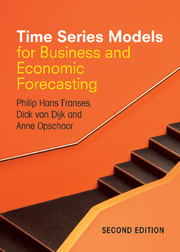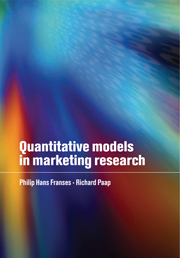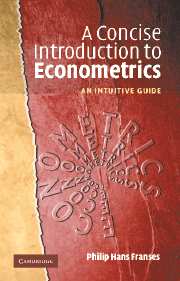Non-Linear Time Series Models in Empirical Finance
Although many of the models commonly used in empirical finance are linear, the nature of financial data suggests that non-linear models are more appropriate for forecasting and accurately describing returns and volatility. The enormous number of non-linear time series models appropriate for modeling and forecasting economic time series models makes choosing the best model for a particular application daunting. This classroom-tested advanced undergraduate and graduate textbook, first published in 2000, provides a rigorous treatment of recently developed non-linear models, including regime-switching and artificial neural networks. The focus is on the potential applicability for describing and forecasting financial asset returns and their associated volatility. The models are analysed in detail and are not treated as 'black boxes'. Illustrated using a wide range of financial data, drawn from sources including the financial markets of Tokyo, London and Frankfurt.
- Philip Franses is a rising star within econometrics teaching and research, this textbook is based around his highly succesful lecture programme
- The follow up book to two very successful Press books in this area (MILLS/The Econometric Modelling of Financial Time Series; FRANSES/Time Series Models)
- An easy to follow, up to-date exposition including numerous examples and case studies, making this the most accessible book in this area, and the best starting-point for non-specialists
Product details
July 2000Paperback
9780521779654
298 pages
247 × 176 × 26 mm
0.59kg
51 tables
Available
Table of Contents
- 1. Introduction
- 2. Some concepts in time series analysis
- 3. Regime-switching models for returns
- 4. Regime-switching models for volatility
- 5. Artificial neural networks for returns
- 6. Conclusion.

